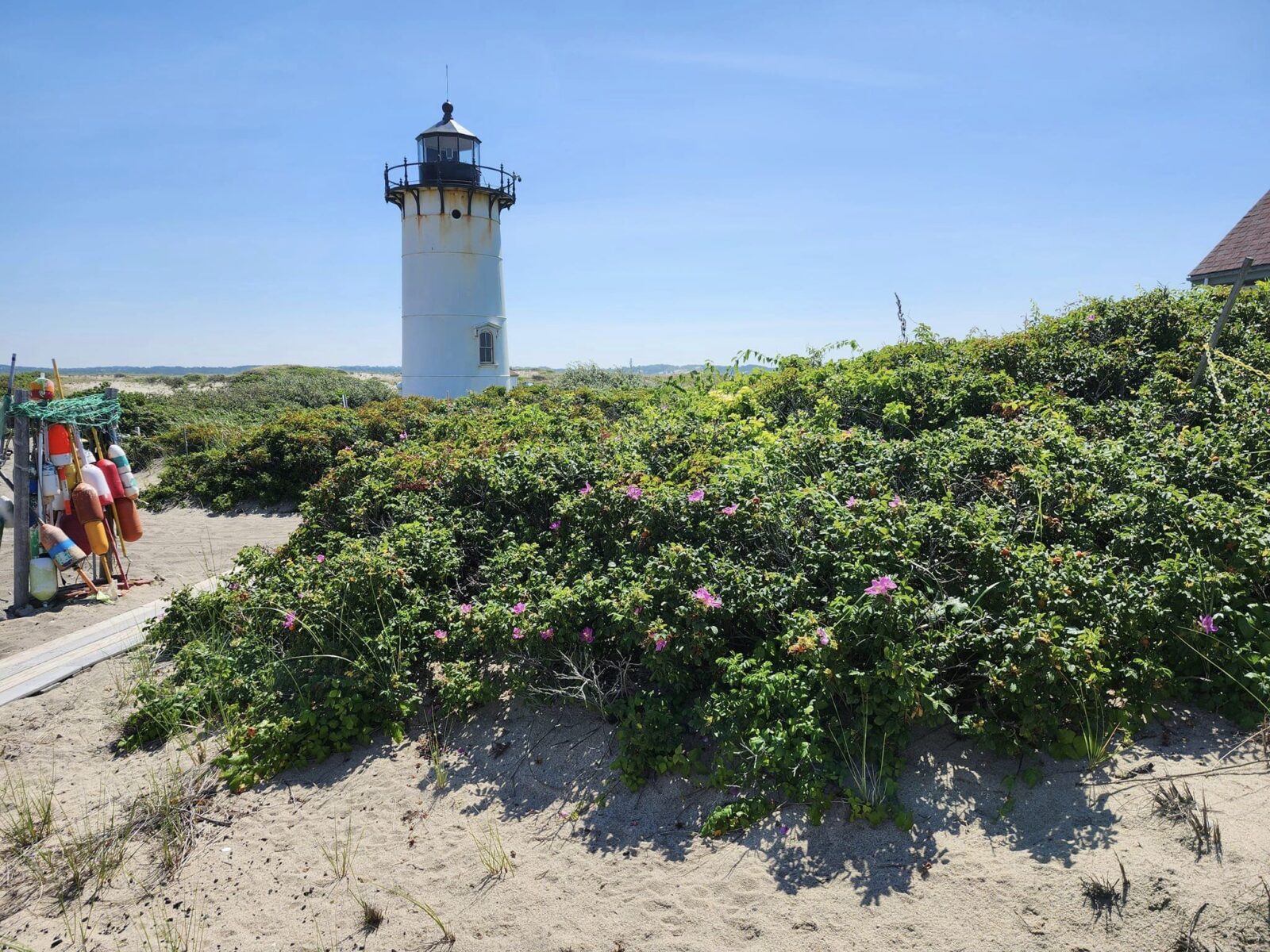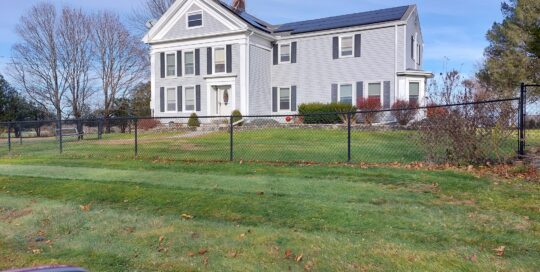I Ordered a Rose Bush and Look What Arrived!
Views: 3388

Well, it happens to folks when they first start growing a rose bush…a friend will give you a rose catalog, and you will fall in love with a photograph of a bloom. You look at the price and think, ‘Wow, that’s a lot of money…I’d better only buy one for starters!’ And so, you spend days dragging that catalog around. It goes to work with you, to the breakfast table with you, to the bathroom with you. It gets dog-eared and tattered. And finally, you make your selection.
Of course, it is the most beautiful rose you have ever seen and you just can’t wait until it is delivered to your doorstep. You see the package and your heart pounds. You take your pocket knife and cut through the tape holding the seams together. Then you open the box expecting something magnificent, and when you part the pieces of plastic holding in the moisture, you find…
…a branched thing attached to some sort of a shank with roots hanging out. At least, you THINK they are roots! And then, the panic sets in!
Rose Bush?
But, nay, I tell you, panic not!!! This is the beautiful rose bush you ordered: this is called a bare-root rose…take a guess why! It was pulled up from its growing place in the field, probably in California, sent through a machine to strip off its leaves and some of its prickles, put into a shower to clean off the soil, and finally bedded down with a bunch of its brethren in a hydrated refrigerator. Here, your rose has lain dormant until shipping time in your area. It is not a prickle stick, it is a living, breathing plant that is very ready to wake up. Here’s where you can jump in to help.
Watering
The first thing to do is to fill a large bucket full of water and put your rose bush in the water, roots first. It’s fine if the canes are in the water, too; hydrating your plant will really help your new rose to break dormancy. Leave it in the water for a day or two while you prepare a spot in the garden for it. Select a place that gets a lot of sunshine. Most roses need at least 6 hours per day, and if you have a choice of morning or afternoon sun, morning sun is preferable as it will gently evaporate the morning dew from the leaves early on in the day.
Roses like plenty of water, but their roots do not like to stand in puddles, so make sure the spot you select drains well. Your rose will appreciate it if you amend the soil its roots will be living in. Roses love lots of good organic stuff in their garden spot, so mix in some compost, maybe some peat moss, some well-rotted manures…you get the idea! If it’s too hard for you to come by all this stuff, go to your local garden center. Woodland Gardens, my nursery, carries a product called ‘Bumper Crop.’ It’s a mixture of worm poop (great stuff!!), ground up shells, sphagnum and peat mosses, dehydrated-composted poultry poop, and lots of other rose candy…using this or something similar will make your job a little easier.
Planting
So, now it’s time to actually plant your rose!! After soaking for a few days, you should be able to recognize swellings on the canes. These are the buds on the stems that will produce new canes with roses at the top! You’ll want to do a little pruning before you plant your baby. Use a sharp pair of bypass pruners and snip off any weak and insignificant growth. Select the three or four largest canes and prune out all the others right down to the base.
Remember, when your rose bush was yanked out of its original spot, it lost a chunk of its root system and you don’t want more top growth than the rose’s roots can sustain. Finally, at the very tops of the canes you have left, you will want to prune to a stem bud that faces away from the center of the plant. That way, the new cane that comes from that bud will grow outward instead of toward the center. This will help to prevent crossing canes.
Preparation
Put your rose back in the water for a few minutes and gather the things you need. A shovel, the hose with a watering wand attached, all your good, organic stuff that you’ll amend the soil with, and a pair of flexible knee pads or a cushion to kneel on are all essential! Dig a large, deep hole. If you live in a cold spot as I do, you’ll want to plant the crown, or ‘bud union’ of the plant several inches below soil level. This will help protect your rose during long, cold winters. (In warmer parts of the country, you don’t need to plant the rose deeply.) Mix your good organics in with your existing soil, and when you’re happy with the mix, make a cone of your prepared soil in the bottom of the hole.
Take the roots of your rose and spread them over that cone of soil like a skirt. Then, back-fill the hole halfway with your soil mix and firm the soil in the hole as much as you can with your hands. Then, fill the hole all the way to the top with water and let it soak in. Backfill the hole the rest of the way, and finally, mound up the soil over the rose bush canes for a few days.
Post Planting Rose Bush
The new, white feeder roots down below will begin to grow almost immediately, and within a week or so they will be doing a lot of work! We don’t want the new top growth to cook in the spring sunshine before the root system can support it. After a week or so, you can wash the soil away from the canes. Your rose bush will leap into life; each day you visit it, you will notice something new until finally, after a few weeks, you will be able to see your first rose…
And, that magnificent rose is all yours!!
Meet Marci Martin
Marci Martin has loved roses for as long as she can remember. From the time she was a little girl, she was fascinated with how…
Marci's Recent Posts

Roses and Friends at Race Point Lighthouse








